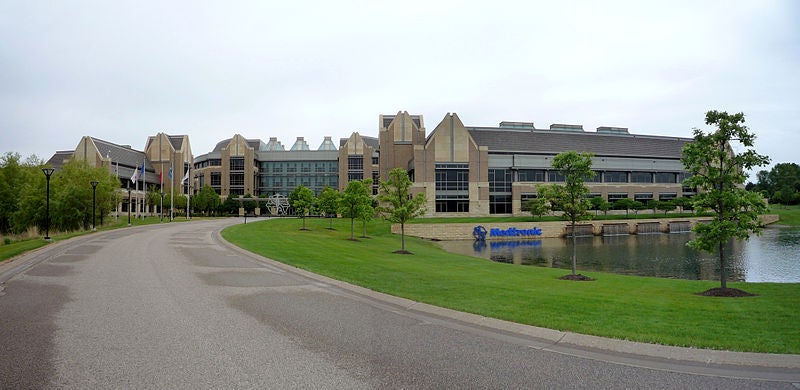
Medtronic has secured the US Food and Drug Administration (FDA) approval for an expanded indication of its cardiac lead in conduction system pacing for patients who experience slow heart rates (bradycardia).
The cardiac lead is now approved for pacing and sensing at either the bundle of His or in the left bundle branch area as an alternative to apical pacing in the right ventricle in a single- or dual-chamber pacing system.
According to Medtronic, conduction system pacing ensures that pacing closely resembles the heart’s physiologic contractions to enable the ventricles to work in coordination.
The healthcare technology company said that the cardiac lead taps into the natural electrical system of the heart to avoid complications associated with conventional pacing methods.
The company’s SelectSecure MRI SureScan Model 3830 cardiac lead already gained FDA approval for His-Bundle pacing in 2018.
Medtronic cardiac pacing therapies general manager Robert Kowal said: “Physicians are telling us about their excitement for the future of pacemakers, which will rely on conduction system and leadless pacing.
“Expanded labelling of this lead allows us to train physicians to successfully perform left bundle procedures, bringing the benefits of conduction system pacing to more patients.”
The healthcare technology firm said that the expanded approval for left bundle branch area pacing is based on data from more than 20,000 patients. The use of SelectSecure Model 3830 lead for left bundle branch area pacing demonstrated high procedural success rates at 92%, and low procedural complication rates at 2.5%, said Medtronic.
The approval will add the implanted pulse generator system to Medtronic’s already existing cardiac pacing list which includes the Micra Transcatheter Pacing System, the Revo MRI SureScan pacing system, and the first wearable pacemaker invented by its founder Earl Bakken in 1957.
The MR-conditional, steroid-eluting, bipolar SelectSecure Model 3830 lead was initially approved in the US for pacing and sensing in the atrium or right ventricle.






